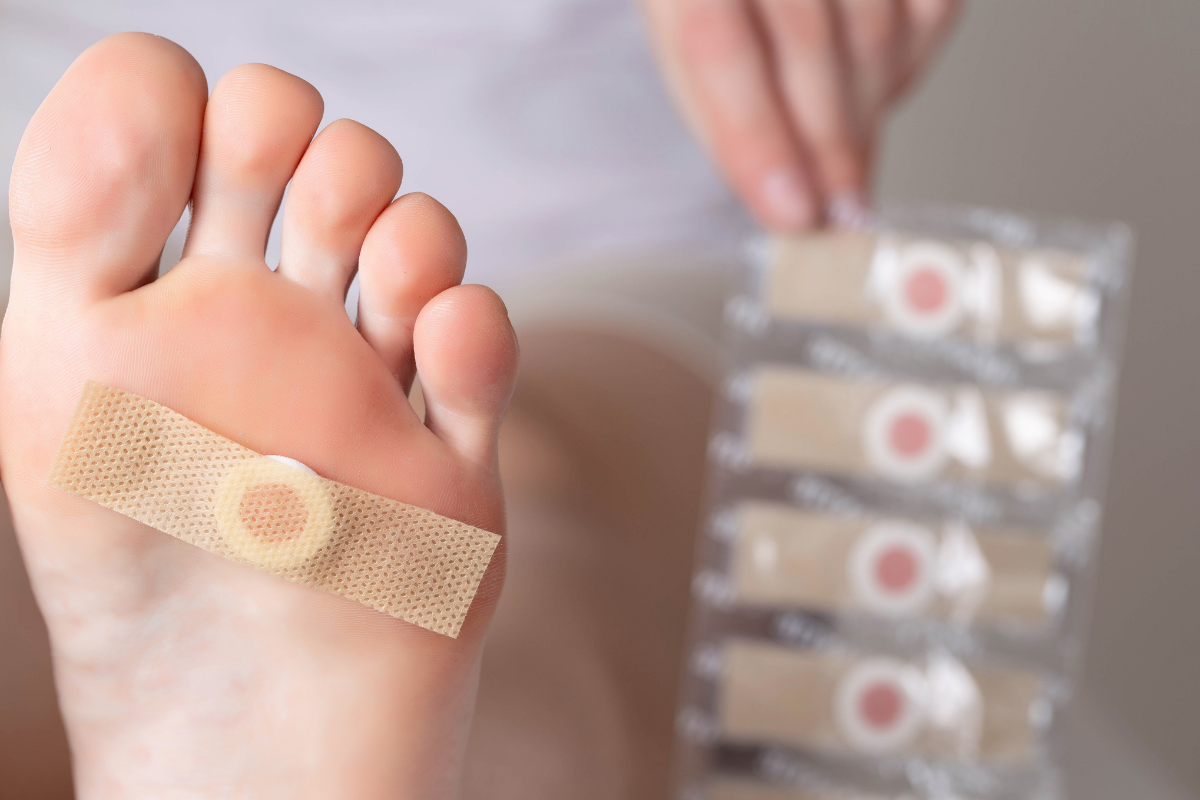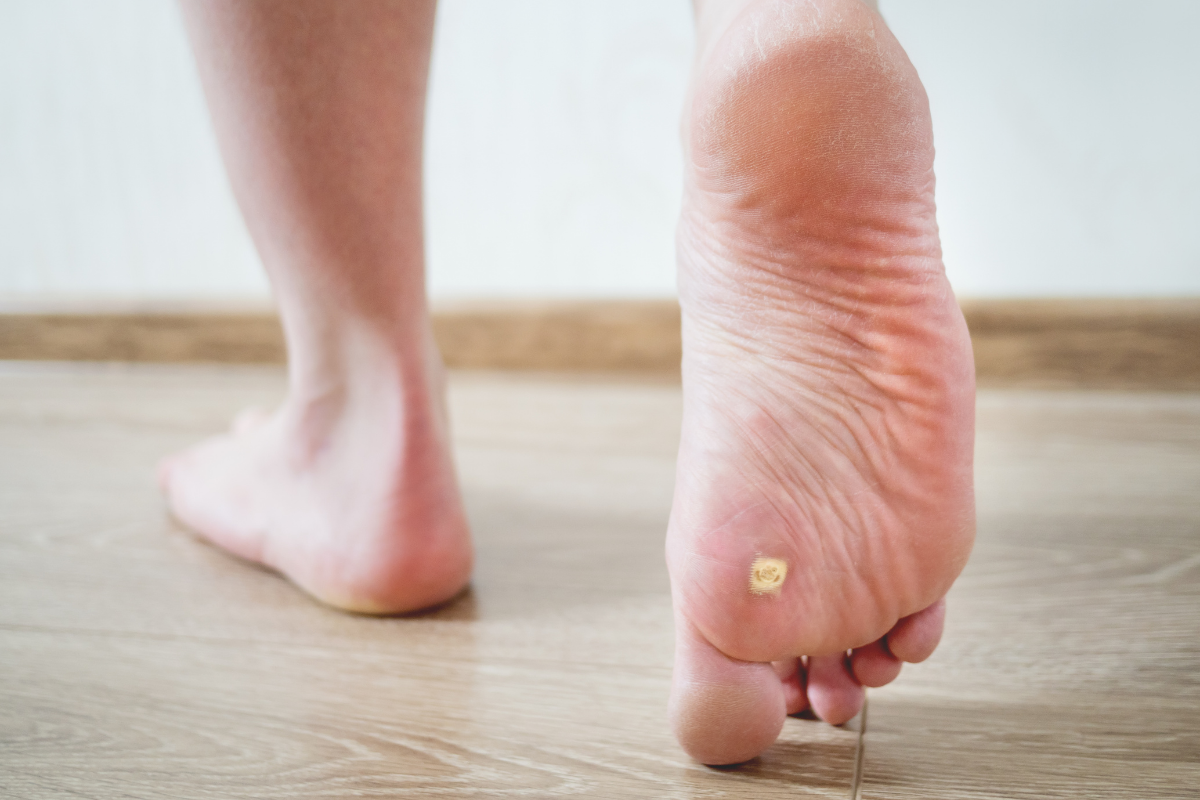Taking care of your health means addressing your concerns, some of them being visible observations such as skin marks. Now you need to remember that having such markings is normal, but not when it can cause harm or pain. Plantar warts are examples of skin marks that can be painful and difficult to deal with. Learn more about these growths here.
Defining Plantar Warts
Plantar warts are a type of warts usually located on areas of the skin that bear weight such as your feet, typically the heels. They are caused by the human papillomavirus (HPV) that enters the outer layer of the skin through cuts and other weak openings.
These small growths are named such because the word “plantar” in Latin means “of the sole.” One of the most common reasons people get these warts is walking barefoot in the shower.
Keep in mind that the same kind of wart can also make its way up the hands if weak spots of the skin are exposed to the virus. These growths are known as palmar warts when located on the hands.
These are typically harmless, especially as the type of virus that causes it is minimally contagious, except when entering weak spots in the skin. However, they can be painful, especially when burdened with weight.
Treatment Options for Plantar Warts
While it is possible to live normally without treating plantar warts, you might want to consider removing them if it begins to interfere with your day-to-day activities. It is also essential to have them removed if you have conditions that can be aggravated by them.
There are several options for removing such lesions. Some can be done at home, while others need to be done by professionals. Here are your options:

- Salicylic acid – You can start by consistently applying salicylic acid to dissolve the layers of skin affected by the wart. The strength and consistency of application matter, so it is important to ask a doctor.
- Cryotherapy – The medical professional applies a freezing gel that would freeze the wart and cause it to fall off. It can be effective, but it may require more than one session. This is often combined with the application of salicylic acid, which is one of the most common treatments for plantar warts.
- Electrosurgery or cauterization – Electrosurgery is one of the most guaranteed methods which uses an electric needle to burn off the wart. Keep in mind that it will result in a wound, so wound care is necessary to minimize scarring and infections.
- Laser treatment – This is another painful option that uses a laser to eliminate the affected skin tissue as a form of cauterization. It can cause scarring, as well.
Conclusion
Plantar warts may be a common thing for many people, but if you prefer to have them removed, you may certainly do so with the help of professionals. Get in touch with Howard County Foot & Ankle to address your concerns. We can also do minimally invasive bunion surgery or MIS bunion surgery and nerve surgery in the lower extremity for nerve pain.





